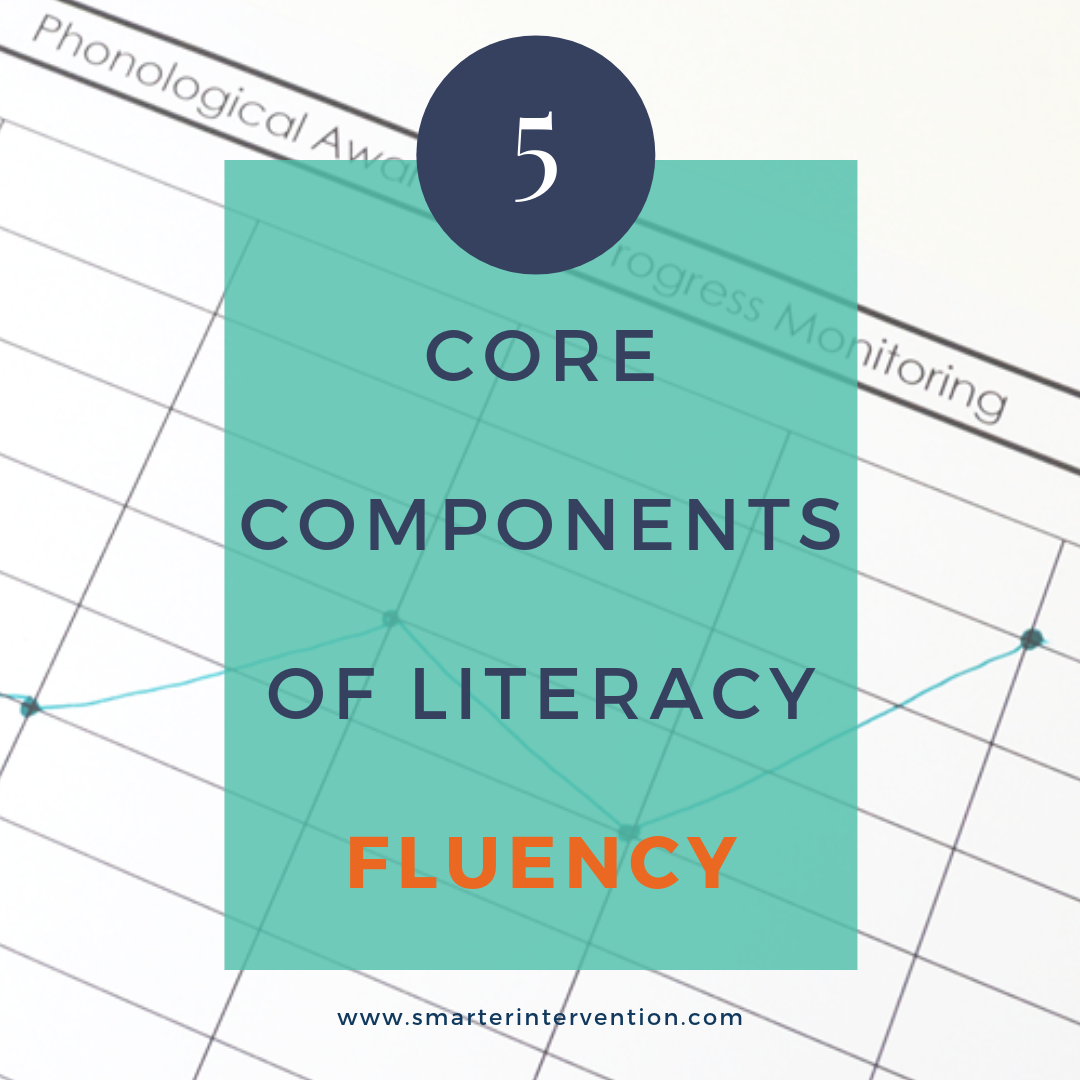Science-based literacy resources and articles
for families, educators and schools
Search by Category:
Categories
- Advocacy
- Authentic Literature
- Business
- Comprehension
- Data Tracking
- Differentiation
- Dyslexia
- Evaluation and Assessment
- Executive Functioning
- Games & Activities
- Helping My Child At Home
- How To
- IEP/504 Plan
- Lesson Planning
- Math
- Online Intervention
- Organization
- Parents
- Phonics
- Phonological Awareness
- Reading Comprehension
- Reading Fluency
- Research
- SLP
- Spelling
- Vocabulary
- Writing
The 4 Forgotten Fluency Skills
Rate and accuracy are definitely both components of fluency. However, fluency is so much more than that and there are few fluency skills that get way less attention (but are just as important!) Keep reading to find out what they are.
Should We Be Using Decodable or Non-controlled Texts For Our Fluency and Comprehension Instruction?
When we think about reading instruction, there are a few different style texts that we can use to support fluency and comprehension. Often, we hear about things like decodable texts, predictable readers, controlled vocabulary readers, language experience stories, authentic literature, and noncontrolled texts.
With so many different styles, it can be challenging to know which to use when. There are champions for many different styles and you may have heard pros and cons for one style versus another. Today, we are going to take a look at two of the styles we hear about most often - decodable vs. non-controlled text.
How to Build Fluency & Comprehension at the Passage Level
When working with students, our end goal is always that they can functionally read and write. A big part of this is the ability to read at the passage level and derive meaning from the text.
Luckily - building fluency and comprehension at the passage level doesn’t have to be hard. Keep reading to learn how you can incorporate this instruction into your reading lessons!
How to Build Fluency & Comprehension with Sentence Reading
There are a lot of misconceptions when it comes to reading fluency and comprehension, including the fact that it is difficult to support, means that students need to be reading faster, and is reserved for when they can read at the passage level. Today - we are breaking down these misconceptions and discussing how you can use sentence-reading to help build your students’ fluency & comprehension skills!
How to Teach Reading Fluency using a Research-Based Approach
When we think about reading intervention, reading fluency is definitely one of the first things that come to mind. Today, we are breaking down exactly what reading fluency is and the ACTUAL skills we should be targeting.
5 Core Components of Reading - Fluency
Reading fluency is really important however, we need to be careful not to over-emphasize its importance as one of the core components of literacy. I say this because Reading Fluency is one of the most common goals you will see created for struggling students.
Words Per Minute Does Not Equal Comprehension
Discover the truth beyond tracking words per minute in reading progress. Explore why comprehension matters more than speed, especially for struggling readers. Learn strategies to empower comprehension over speed in literacy education.








